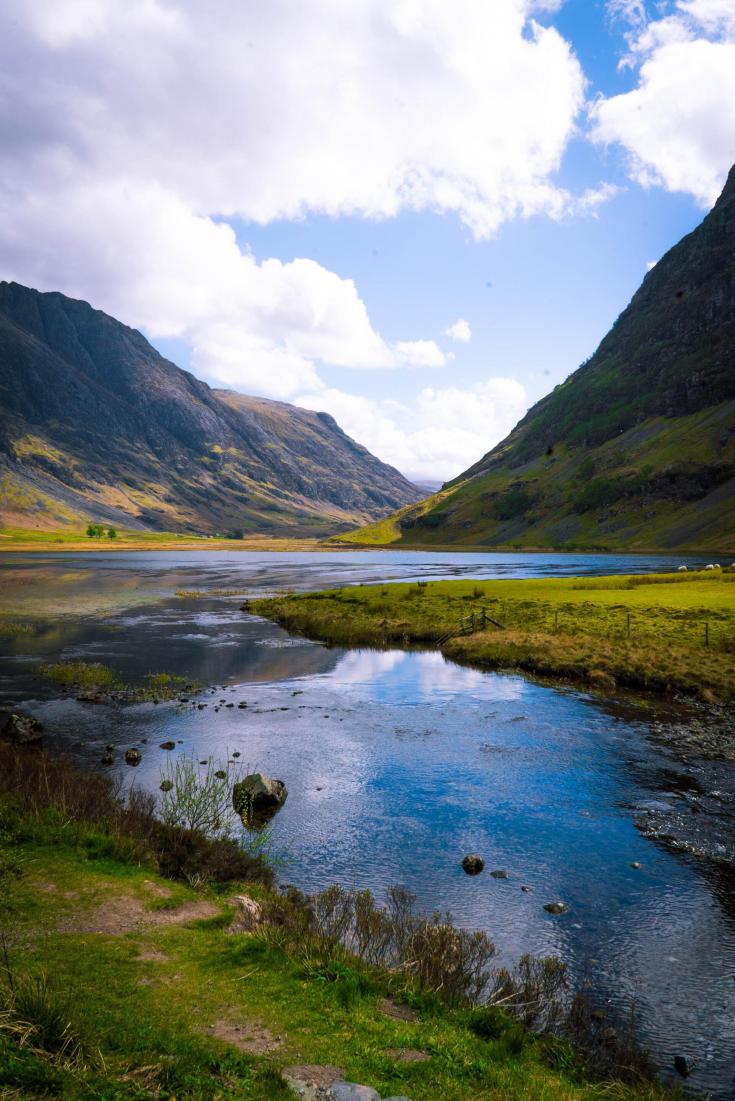Rivers as a resource for socio-economic development in cross-border areas

Most of Europe’s major cities and towns developed along rivers, forming common boundaries between regions and countries. Nowadays, there is a growing recognition of the potential of cultural and natural heritage along riverside territories amongst the European regions, creating the conditions for socio-economic development of cross-border areas. The examples hereafter illustrate positive experiences from Interreg Europe partner regions in this policy area.
Developing a transnational route along Duero-Douro river between Spain and Portugal (EPICAH project)
Originating from the Urbions’ mountain range in Spain, the Duero River flows through Spain and Portugal for 927km before draining into the Atlantic Ocean between the Portuguese cities of Porto and Vila Nova de Gaia. Being one of the major rivers on the Iberian Peninsula, the river passes through 150 municipalities of the Spanish Castile and Leon and the North of Portugal regions.
For both countries, the Duero river represents an important resource for regional development. The creation of Duero-Douro River Transnational Route is based on the shared identity features with which the river marks the Spanish and Portuguese regions. Such include unique landscapes, high-quality wine production, conditions for practicing nature tourism and leisure activities, rich cultural and natural heritage such as castles and monasteries, riverside forests, vineyards, open fields, etc. The route has been developed since 1996 with the support of several Interreg A Spain-Portugal programmes that had joined together all the relevant stakeholders responsible for the development, management and promotion of the Duero riverside territories.
As underlined by local decision-makers, the major achievement of this transnational route is the increase of its number of 'users', even though an official counting system in not in place yet. In addition, Duero-Douro brand gained international recognition. The route follows the river path and is composed of 26 stages (with an average length of 35km). It is not only a river route but also, a walking and cycling route (detailed information available here), internationally homologated as GR14 (long distance footpath with standard way-marking number 14).
Encouraging cycling along the Danube river in Hungary and Váh river in Slovakia
Another example of supporting cycling along a river is the establishment of a Network of cross-border bike routes in the Pons Danubii region (SWARE project). This is an inspiring example of cooperation between municipalities in the cross-border area between Slovakia and Hungary in promoting sustainable mobility, green routes and eco-tourism. This was achieved by establishing and developing a network of bike routes along two rivers, the Danube river (Eurovelo 6 route) as well as the Váh river in Slovakia, complemented by the lakes around Tata in Hungary. The initiative proved to be successful which is demonstrated by the increasing number of bikers using the routes. The biking network contributed to the creation of green jobs and can serve as a positive example for other cross-border regions in promoting sustainable mobility.
Local authorities, tourism entrepreneurs and experts cooperated in Latvia and Estonia to encourage the development of water tourism. Steps were taken to improve infrastructure, such as the revitalization of rivers through cleaning as well as the establishment of resting areas, floating bridges, footways and footbridges.
The project demonstrated positive results with regards to the promotion of water tourism in Latvia and Estonia, as well as in other countries (e.g. Lithuania, Finland, Germany, etc.) and resulted in 15 new or enhanced joint tourism products or services. In addition, the improvement of the business environment allowed creation of 300 local tourism enterprises for water tourism which also led to an extension of the boating season. A joint awareness raising campaign “River Berry” was launched in both countries. Thus, as water tourism is gaining significance in national and regional economies, this cross-border practice from the Baltics can be interesting for other regions with water resources aiming to promote water-based tourism destinations.
In conclusion
The above-mentioned examples are inspiring illustrations of:
- Successful cross-border management of shared natural resources (Duero-Douro River Transnational Route)
- Promotion of sustainable tourism linked to cultural and natural heritage by creating innovative niche offers and a unique visitor experience (Developing water tourism along riverways in Latvia and Estonia), as well as stimulating sustainable mobility and creation of green jobs for other European regions (Network of cross-border bike routes in the Pons Danubii region).
These practices demonstrate that cultural and natural heritage of riverside border areas has the potential to activate joint action and partnerships between businesses, citizens, and public authorities and stimulate sustainable economic development and social cohesion. Creativity and collaborative work with relevant stakeholders and local and regional authorities across the borders is essential for overcoming the differences of legal frameworks and competencies at all the levels of governance. Those good practices can serve as an inspiration for other regions striving for the sustainable management of the water resources as part of their cultural and natural heritage policies.
For more information:
Regarding Duero-Douro river transnational route: